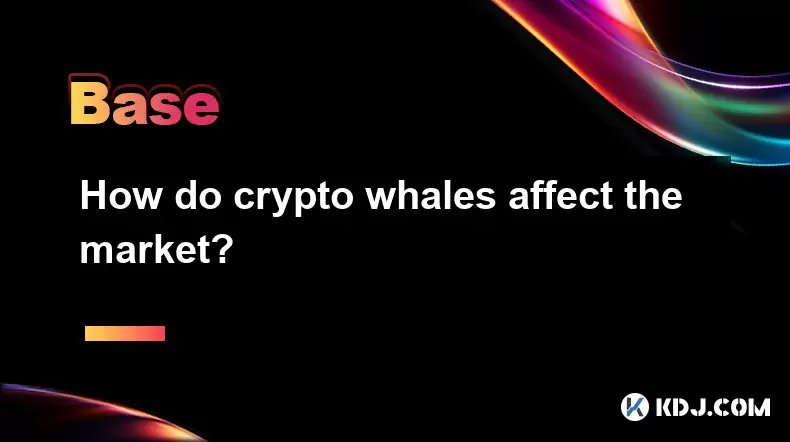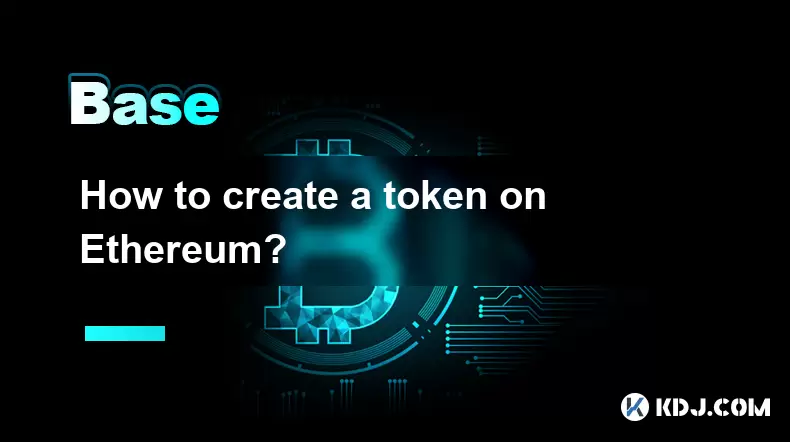-
 Bitcoin
Bitcoin $118400
0.39% -
 Ethereum
Ethereum $3814
2.17% -
 XRP
XRP $3.547
1.34% -
 Tether USDt
Tether USDt $1.000
0.00% -
 BNB
BNB $769.5
2.95% -
 Solana
Solana $191.7
6.36% -
 USDC
USDC $0.9999
0.01% -
 Dogecoin
Dogecoin $0.2722
7.75% -
 Cardano
Cardano $0.8995
5.59% -
 TRON
TRON $0.3158
-0.78% -
 Hyperliquid
Hyperliquid $47.37
4.46% -
 Stellar
Stellar $0.4848
3.54% -
 Sui
Sui $4.031
1.72% -
 Chainlink
Chainlink $20.11
3.94% -
 Hedera
Hedera $0.2832
3.16% -
 Avalanche
Avalanche $26.20
4.27% -
 Bitcoin Cash
Bitcoin Cash $530.5
0.67% -
 Shiba Inu
Shiba Inu $0.00001568
3.59% -
 Litecoin
Litecoin $118.4
1.42% -
 UNUS SED LEO
UNUS SED LEO $8.976
-0.23% -
 Toncoin
Toncoin $3.349
2.54% -
 Polkadot
Polkadot $4.590
2.54% -
 Uniswap
Uniswap $10.56
-0.59% -
 Ethena USDe
Ethena USDe $1.001
0.00% -
 Monero
Monero $327.7
0.39% -
 Pepe
Pepe $0.00001422
2.62% -
 Bitget Token
Bitget Token $4.973
-1.22% -
 Dai
Dai $1.000
0.02% -
 Aave
Aave $331.9
1.59% -
 Bittensor
Bittensor $429.6
-0.56%
How do crypto whales affect the market?
Crypto whales, with their massive holdings, can significantly impact market prices, liquidity, and investor sentiment through large trades and strategic movements.
Jul 19, 2025 at 11:35 pm

Understanding the Influence of Crypto Whales
In the cryptocurrency market, "whales" refer to individuals or entities that hold large amounts of a particular cryptocurrency. These entities can significantly influence market dynamics due to the sheer volume of their holdings. The presence of whales in the crypto space often raises concerns among smaller investors, or "retail traders," who may feel the market is manipulated or unpredictable. Understanding how whales operate and their impact on price movements is crucial for any participant in the crypto market.
Market Price Volatility and Whale Movements
One of the most notable effects of crypto whales is their ability to cause price volatility. When a whale decides to buy or sell a substantial amount of cryptocurrency, it can trigger rapid price changes. For instance, if a whale sells a large quantity of Bitcoin (BTC), the sudden influx of supply can lead to a sharp drop in price. Conversely, a whale accumulating a specific altcoin can create a surge in demand and price. This volatility often occurs because the market is still relatively small compared to traditional financial markets, making it more susceptible to large trades.
- Large transactions can be tracked using blockchain explorers, and analysts often monitor these movements to anticipate price shifts.
- Whale activity is sometimes interpreted as a sign of market confidence or caution, depending on the direction of their trades.
Whales and Liquidity Pools
In decentralized finance (DeFi), liquidity pools are essential for enabling trading and lending. Whales often provide significant liquidity to these pools, which can have both positive and negative effects. On one hand, they help maintain market efficiency by ensuring there's enough liquidity for smaller traders to execute their orders. On the other hand, their dominance in liquidity provision gives them the power to manipulate prices or withdraw funds suddenly, causing impermanent loss for other liquidity providers.
- Whales can remove liquidity from a pool, triggering panic among retail investors.
- Their withdrawals can destabilize smaller DeFi protocols that rely heavily on whale contributions.
Impact on Investor Sentiment and Behavior
Whale actions can heavily influence market sentiment, especially among inexperienced traders. If a whale begins accumulating a certain token, it might signal to others that the asset is undervalued, prompting a buying spree. Conversely, if a whale starts dumping tokens, it can trigger a sell-off even if the fundamentals of the project remain strong. This behavior is often driven by FOMO (fear of missing out) or panic selling, which are common in the crypto market.
- Whale movements are often amplified by social media, where influencers and analysts speculate on their intentions.
- Retail investors may mirror whale trades, either through direct copying or algorithmic trading bots.
Manipulation and Pump-and-Dump Schemes
Crypto whales have been associated with market manipulation, particularly in pump-and-dump schemes. These schemes involve a group of whales colluding to inflate the price of a low-cap cryptocurrency through coordinated buying. Once the price has risen significantly, the whales sell their holdings, causing the price to crash and leaving retail investors with losses.
- Whales often target low-cap altcoins, which are easier to manipulate due to lower trading volumes.
- Monitoring on-chain analytics can help detect unusual whale activity that precedes such schemes.
Monitoring Whale Activity
To better understand and anticipate whale influence, many investors use on-chain analytics tools like Whale Alert, Etherscan, or Glassnode. These platforms track large transactions and whale movements in real time, offering insights into potential market shifts.
- Whale Alert provides real-time notifications of large crypto transfers.
- Etherscan allows users to monitor Ethereum-based token movements and identify large holders.
- Glassnode offers advanced analytics, including metrics that show whale accumulation or distribution trends.
Using these tools, traders can make more informed decisions and potentially avoid getting caught in whale-driven volatility.
Frequently Asked Questions
Q: Can crypto whales manipulate the price of Bitcoin or Ethereum?
Yes, although it is more difficult with large-cap cryptocurrencies like Bitcoin and Ethereum due to their high trading volumes. However, whales can still cause short-term price fluctuations through large buy or sell orders.
Q: How can I track whale transactions in real time?
You can use platforms like Whale Alert or blockchain explorers such as Etherscan and Blockchain.com to monitor large transactions and wallet movements associated with whale addresses.
Q: Are all whale activities harmful to the market?
Not necessarily. Whales can contribute to market stability by providing liquidity and participating in governance. However, their actions can become problematic when they lead to manipulation or extreme volatility.
Q: Is it possible to profit from whale movements?
Some traders attempt to track whale transactions and follow their trades. However, this strategy carries risks, as whale behavior can be unpredictable and may not align with long-term investment goals.
Disclaimer:info@kdj.com
The information provided is not trading advice. kdj.com does not assume any responsibility for any investments made based on the information provided in this article. Cryptocurrencies are highly volatile and it is highly recommended that you invest with caution after thorough research!
If you believe that the content used on this website infringes your copyright, please contact us immediately (info@kdj.com) and we will delete it promptly.
- Toshi.bet: Leading the Crypto Casino Revolution in Poland 2025
- 2025-07-21 20:30:12
- Tether Gold (XAU₮) Expands: Mobee Indonesia & Tokenized Gold's Rising Tide
- 2025-07-21 20:50:12
- BlockDAG's Launch Access: No Vesting, Maximum Opportunity!
- 2025-07-21 21:30:12
- Altcoin Season Heats Up: Cardano Outperforms After Bitcoin Stabilizes
- 2025-07-21 20:50:12
- BlockchainFX: The 1000X Potential Crypto SHIB and DOGE Holders Are Eyeing
- 2025-07-21 21:30:12
- Delhi High Court and the Curious Case of the Missing ₹50 Coin
- 2025-07-21 21:35:13
Related knowledge

What is the difference between a sidechain and a Layer 2?
Jul 20,2025 at 11:35pm
Understanding the Concept of SidechainsA sidechain is a separate blockchain that runs parallel to the main blockchain, typically the mainnet of a cryp...

What is the Inter-Blockchain Communication Protocol (IBC)?
Jul 19,2025 at 10:43am
Understanding the Inter-Blockchain Communication Protocol (IBC)The Inter-Blockchain Communication Protocol (IBC) is a cross-chain communication protoc...

How does sharding improve scalability?
Jul 20,2025 at 01:21am
Understanding Sharding in BlockchainSharding is a database partitioning technique that is increasingly being adopted in blockchain technology to enhan...

What is the "crypto trilemma" of scalability, security, and decentralization?
Jul 19,2025 at 06:28pm
Understanding the Concept of the Crypto TrilemmaThe crypto trilemma refers to the challenge of simultaneously achieving scalability, security, and dec...

What is a cliff and vesting schedule in tokenomics?
Jul 20,2025 at 10:28am
What Does a Cliff Mean in Tokenomics?In tokenomics, a cliff refers to a specific period during which token holders are not allowed to access or transf...

How to create a token on Ethereum?
Jul 21,2025 at 02:07pm
Understanding the Basics of Ethereum TokensBefore diving into the process of creating a token on Ethereum, it's crucial to understand what Ethereum to...

What is the difference between a sidechain and a Layer 2?
Jul 20,2025 at 11:35pm
Understanding the Concept of SidechainsA sidechain is a separate blockchain that runs parallel to the main blockchain, typically the mainnet of a cryp...

What is the Inter-Blockchain Communication Protocol (IBC)?
Jul 19,2025 at 10:43am
Understanding the Inter-Blockchain Communication Protocol (IBC)The Inter-Blockchain Communication Protocol (IBC) is a cross-chain communication protoc...

How does sharding improve scalability?
Jul 20,2025 at 01:21am
Understanding Sharding in BlockchainSharding is a database partitioning technique that is increasingly being adopted in blockchain technology to enhan...

What is the "crypto trilemma" of scalability, security, and decentralization?
Jul 19,2025 at 06:28pm
Understanding the Concept of the Crypto TrilemmaThe crypto trilemma refers to the challenge of simultaneously achieving scalability, security, and dec...

What is a cliff and vesting schedule in tokenomics?
Jul 20,2025 at 10:28am
What Does a Cliff Mean in Tokenomics?In tokenomics, a cliff refers to a specific period during which token holders are not allowed to access or transf...

How to create a token on Ethereum?
Jul 21,2025 at 02:07pm
Understanding the Basics of Ethereum TokensBefore diving into the process of creating a token on Ethereum, it's crucial to understand what Ethereum to...
See all articles

























































































